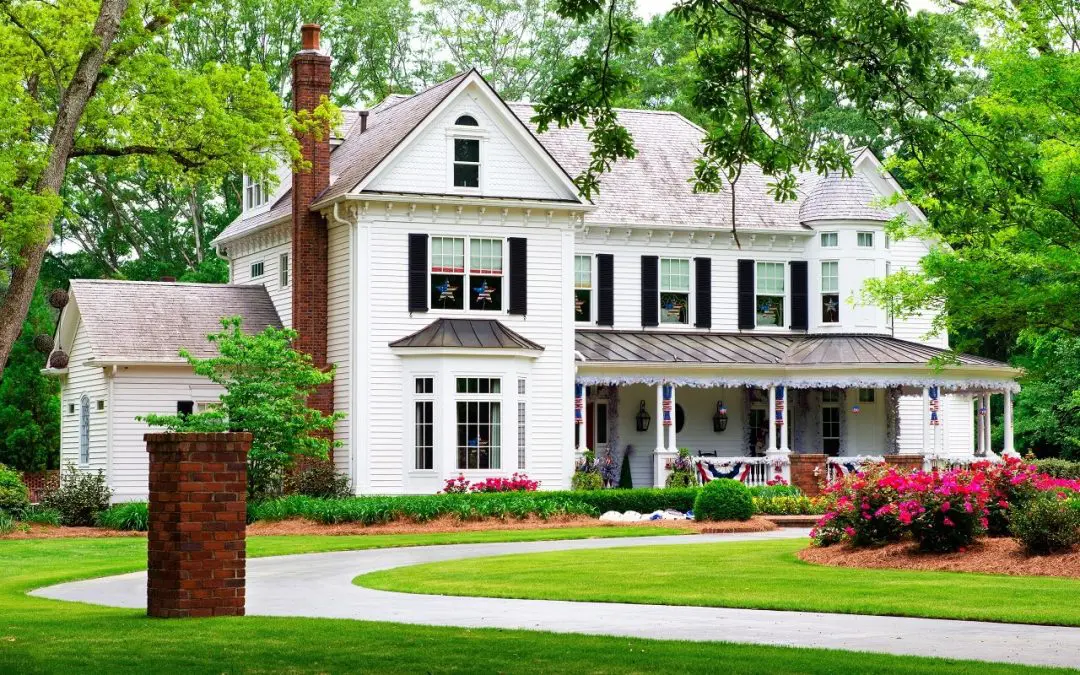Buying a home is more than picking the right house. The neighborhood surrounding it can make or break the experience. Schools, safety, traffic, noise, and overall vibe all factor into whether your daily life feels comfortable or frustrating. Choosing the right community matters just as much as square footage or a remodeled kitchen.
Before you sign on the dotted line, take the time to learn what life in the area is really like. It’s easy to fall for curb appeal, but don’t let a freshly mulched yard distract you from loud neighbors or sketchy surroundings. Here’s how to approach choosing the right community with open eyes and clear priorities.
Get a Feel for the Area at Different Times When Choosing the Right Community
Drive or walk the neighborhood in the morning, mid-day, and evening. Traffic patterns, noise levels, and general activity can shift throughout the day. What looks peaceful at noon might be bumper-to-bumper at 5 p.m. Visiting on both weekdays and weekends also gives a fuller picture.
Talk to a few neighbors if you get the chance. Ask how long they’ve lived there, how they like it, and if there’s anything they wish they’d known before moving in. People tend to give honest answers when asked casually, and even a quick chat can tell you a lot.
Research Local Crime and School Ratings
When you’re choosing the right community, don’t rely on assumptions. Use online tools to check local crime statistics and school performance—even if you don’t have kids. Strong school districts often hold property value better, and a low-crime area provides peace of mind you can’t put a price on.
Dig into neighborhood forums, local Facebook groups, or community apps like Nextdoor. These can give insight into everything from safety issues to community events. You’ll get a sense of whether the area is tight-knit, welcoming, or filled with constant complaints.
Look Beyond Real Estate Listings
Online listings highlight the best features, but they won’t show you the construction zone down the block or the train that blares at 2 a.m. Don’t rely on what the photos or listing language suggest. Spend time in the area. Walk around. Go get coffee nearby. Watch how people interact. Are they friendly? Do kids play outside? Do people maintain their homes and yards?
Pay attention to details. Are the streets clean? Are there sidewalks, parks, and open space? Even small things like lighting and noise levels can impact your quality of life. Choosing the right community means going beyond the surface and noticing how the area actually functions.
Consider Your Commute and Daily Routine
A great house in the wrong location can turn into a daily hassle. Test your potential commute during rush hour. Time how long it takes to get to work, school, or your regular spots like the grocery store or gym. The prettiest neighborhood won’t matter much if you’re stuck in traffic for two hours every day.
Also think about access to basics—grocery stores, pharmacies, healthcare, and banks. If you enjoy walking or biking, look for a community that supports that lifestyle. Choosing the right community means finding one that fits how you live, not just how it looks.
Think Long-Term While Choosing the Right Community, Not Just Right Now
What’s right for you today might change in five years. Look at development plans, zoning changes, and long-term projections for the area. Is the neighborhood growing too fast? Will future construction block your view or create new traffic headaches?
If you plan to stay a while, look for a community with the flexibility to grow with you. Stable or improving neighborhoods tend to hold value and attract consistent investment. Choosing the right community should be a decision you feel good about, not just this year, but several years down the road.
FAQs
How do I know if a neighborhood is safe?
Check local crime data online and visit the area at different times of day. Also talk to current residents if possible. They’ll usually share honest feedback about what’s typical and what’s not.
What should I ask neighbors when checking out a community?
Ask how long they’ve lived there, what they like or dislike about the area, and what they’d want a new neighbor to know. Casual conversations can give you real insight into the neighborhood’s feel.
Is it really worth driving through a neighborhood multiple times?
Yes. Things like traffic, noise, and general activity can vary widely throughout the day. One visit won’t give you the full picture.
How much should schools matter if I don’t have kids?
Good schools usually signal a stable and well-maintained community. Even if you don’t need the schools, others will—and that helps support long-term property value.
What if I love the house but the neighborhood isn’t ideal?
It’s better to compromise on the house than the location. You can always update paint, fixtures, or even remodel later. But you can’t change the area around you.
Second Opinion Home Inspections offers home inspection services to customers in Door and Kewaunee counties. Contact us to request an appointment.

